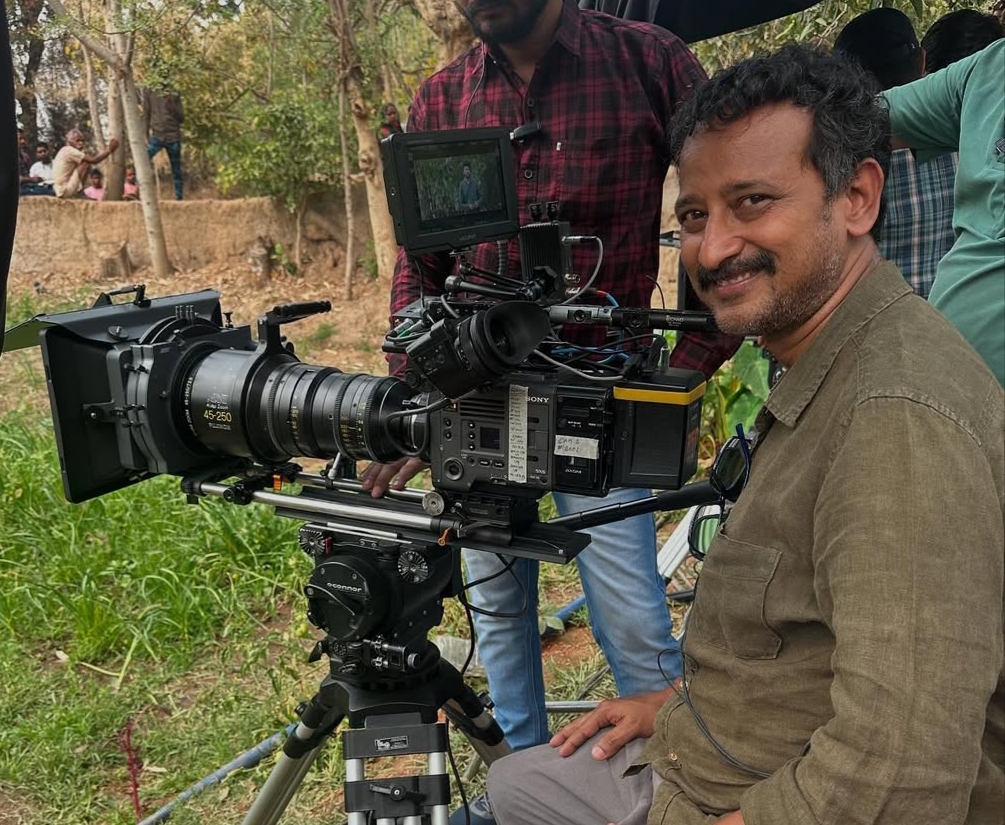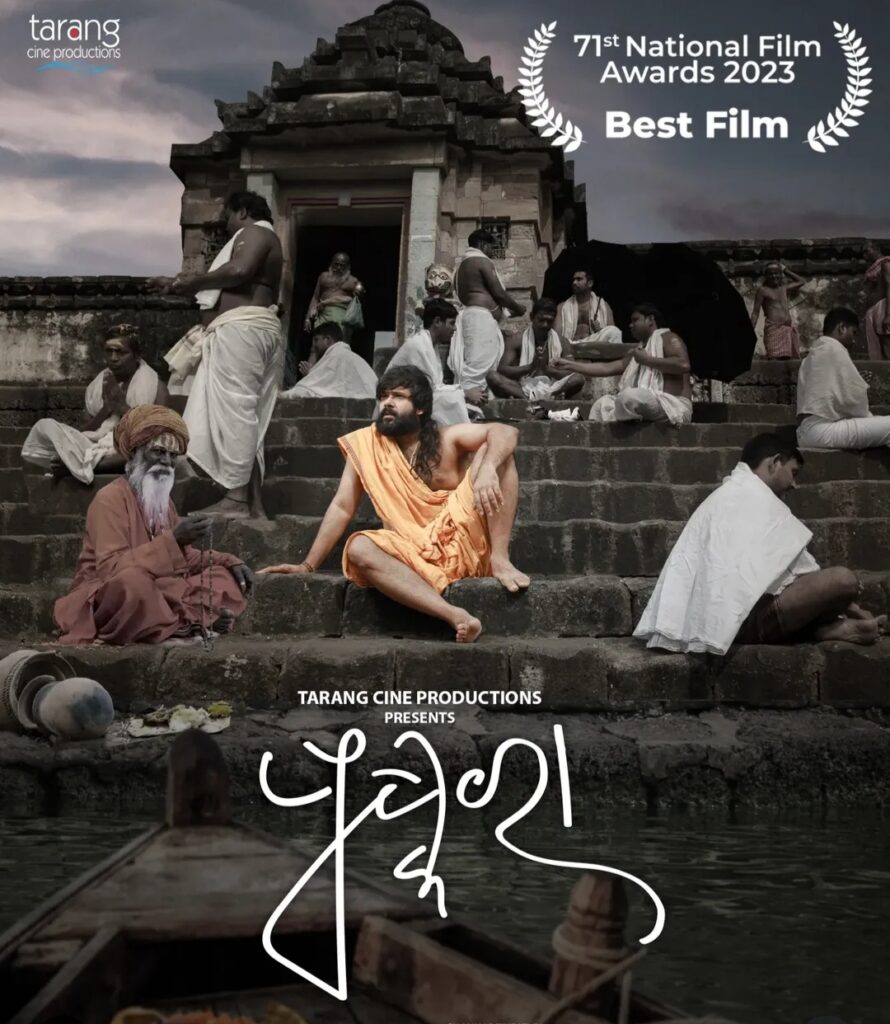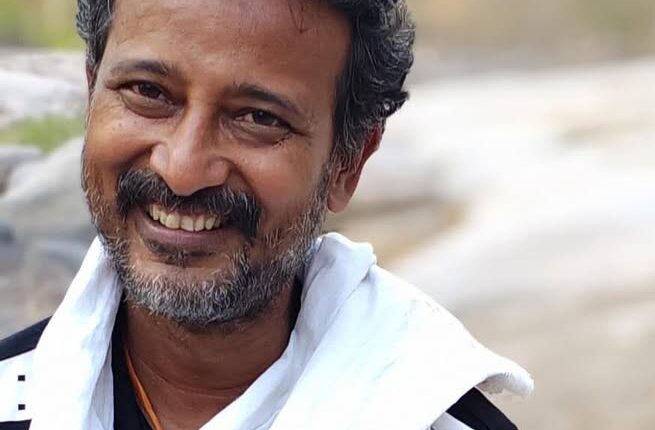Bhubaneswar: When cinematographer-turned-director Subhransu Das first picked up the camera decades ago in the quiet town of Begunia, Odisha, he couldn’t have imagined that his debut feature film would one day bring home the prestigious National Film Award.
But in 2025, that vision became a reality with Pushkara—a culturally rooted Odia film that not only won over critics but also reignited pride in regional cinema.

Best known for his evocative cinematography in acclaimed Hindi films like Filmistaan, Ram Singh Charlie, Poorna, and Kaun Kitne Paani Mein, Subhransu’s transition to directing wasn’t sudden. It was years in the making.
“In 2018, I started thinking seriously about directing,” he reflects. “People around me kept suggesting I go the formula route—make something commercial, tried and tested. But I wanted to tell a story that mattered. Something with depth, something Odia at its core.”

That story came in the form of Pushkara, inspired by the traditional festival and based on the novel Nadabindu by Sankar Tripathy. “I had heard of the Pushkara tradition, but it wasn’t until Tarang Productions approached me with the book that everything started coming together,” Subhransu explains. “The moment I read it, I knew this was the film I had to make.”
Starring celebrated actors Sabyasachi Mishra and Supriya Nayak, Pushkara stood out for its authenticity and emotional gravitas.
For Subhransu, working with Sabyasachi was a masterclass in dedication. “He completely immersed himself in the role. Even off-camera, he stayed in character right until the film’s release. That level of commitment really elevated the story.”
Despite his years behind the camera, Subhransu admits that directing brought a whole new set of challenges. “Cinematography is about finding the visual soul of a scene. Direction, on the other hand, is a much broader canvas—you’re managing performances, technical execution, emotional beats, and continuity all at once. It’s a different kind of responsibility.”
Interestingly, Subhransu didn’t shoot Pushkara himself—he entrusted the task to fellow cinematographer Falgu Satpathy. “If I can clearly communicate my vision to the cinematographer, the final result becomes even more powerful. And that’s exactly what we achieved with Pushkara.”
Adapting a book to screen is never easy, but for Subhransu, literature offers a solid foundation. “Books come with well-developed characters and a structured narrative. That helps, though transforming that into a visual medium still demands creativity and nuance.”
The film’s success also speaks volumes about the evolution of Odia cinema—something Subhransu is deeply passionate about. “There was a time when Odia films, especially remakes, felt disconnected from our roots. Now, we’re witnessing a shift. Stories are more original, culturally authentic, and emotionally resonant. That’s how we’ll build a stronger Odia film industry.”
With a National Award now part of his repertoire, what’s next for this versatile filmmaker?
“There are several projects in the pipeline,” he says, cautiously optimistic. “I’m also preparing to debut as a director in Hindi cinema. Right now, we’re still in the story selection stage, so it’s too early to share details—but exciting things are ahead.”
From his beginnings in Khurda to his emergence as one of the most promising storytellers in Indian cinema, Subhransu Das proves that when craft meets conviction, magic happens—not just behind the lens, but through it.

